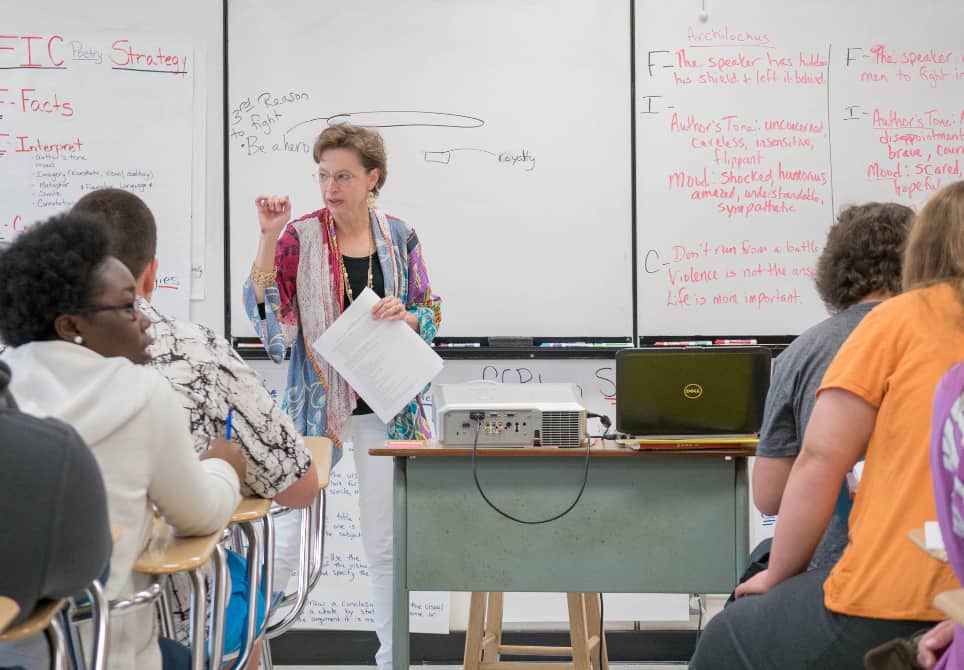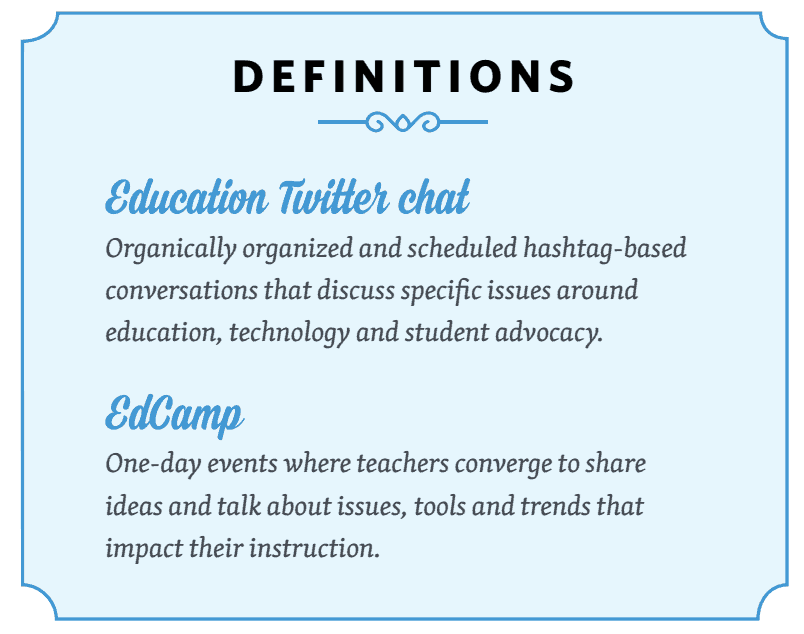A New Model for Professional Development

By Brad Spirrison, Communication Specialist, Participate Learning
Teachers who embrace new technologies recognize that professional development (PD) can be achieved in part through collaboration with other educators.
This type of collaborative learning is not as easily achieved through traditional professional development practices.
Professional development in the digital age should be participatory in nature, where ideas and resources are exchanged and incorporated into instruction. For decades, lofty school reform rhetoric has identified the skills and knowledge that have to be integrated into everyday practice.
Yet all too often, the structures and demands of teaching in most schools create too many barriers. All stakeholders need to come together to create an environment in which innovative, collaborative PD can thrive.
Professional development in the digital age should be participatory in nature, where ideas and resources are exchanged and incorporated into instruction.
When a new push to reframe educator professional development occurs, teachers often ask:
- How does the PD help with specific curriculum requirements and standards?
- How does it trigger additional professional learning opportunities?
- How does it help the students in our classrooms and community?
- How does it contribute to connections with other educators?
A collaborative platform that facilitates resource discovery and best practices gives teachers ownership of their own professional development. As personal learning networks expand, teachers achieve more recognition in their school communities and beyond.
Teachers organically organize collaborative environments, often finding one another through one or a number of the hundreds of Twitter chats that occur in any given week, or in locally organized EdCamps that are taking place throughout the globe. Blogs, webinars and conferences are also fruitful environments where educators can share ideas with one another.
Educators are also already taking advantage of the flexibility of online and interactive professional development to interact with peers and design programs based on their own interests. So why not build upon inquiry already taking place through blogs, Twitter chats, digital badges, Slack channels and interactive platforms?
Ultimately, it’s about empowerment and self-discovery through the expansion of personal learning networks, and the ability to blend in voices, concepts and tools from all over the world.
This post is part of a blog series titled “Professional Development: Learning Through Collaboration” produced in partnership with VIF International Education (@vifglobaled). Join the conversation on Twitter using #collaborativePD. For more, check out Professional Development: Learning Through Collaboration.
Stay in-the-know with all things EdTech and innovations in learning by signing up to receive the weekly Smart Update. This post includes mentions of a Getting Smart partner. For a full list of partners, affiliate organizations and all other disclosures, please see our Partner page.




0 Comments
Leave a Comment
Your email address will not be published. All fields are required.